Ever wondered if just letting your car idle can actually charge the battery? Yes, idling does charge your car battery, but very slowly. It’s not as effective as driving, where the alternator works more efficiently to replenish the battery. So, while your car is parked and idling, you might notice the battery charging, but don’t expect a full charge anytime soon.
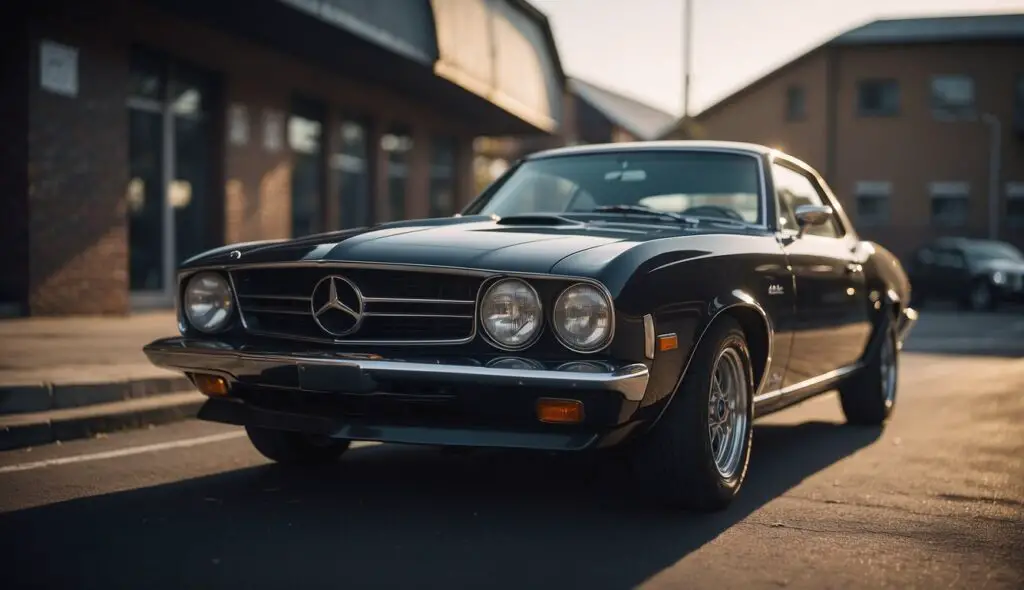
Idling can keep your battery from completely dying in a pinch, but if your battery is severely depleted, it won’t do much. For a faster charge, you’ll need to hit the road. Driving at higher speeds allows the alternator to generate more power, which is what your battery needs for a quicker recharge.
Understanding how your car charges the battery helps you maintain it better. If you’re dealing with frequent battery issues, sometimes a short drive is all it takes to get things running smoothly again. If you rely on idling too often, you might find yourself stuck with a dead battery more frequently.
How Idling Affects Battery Charging
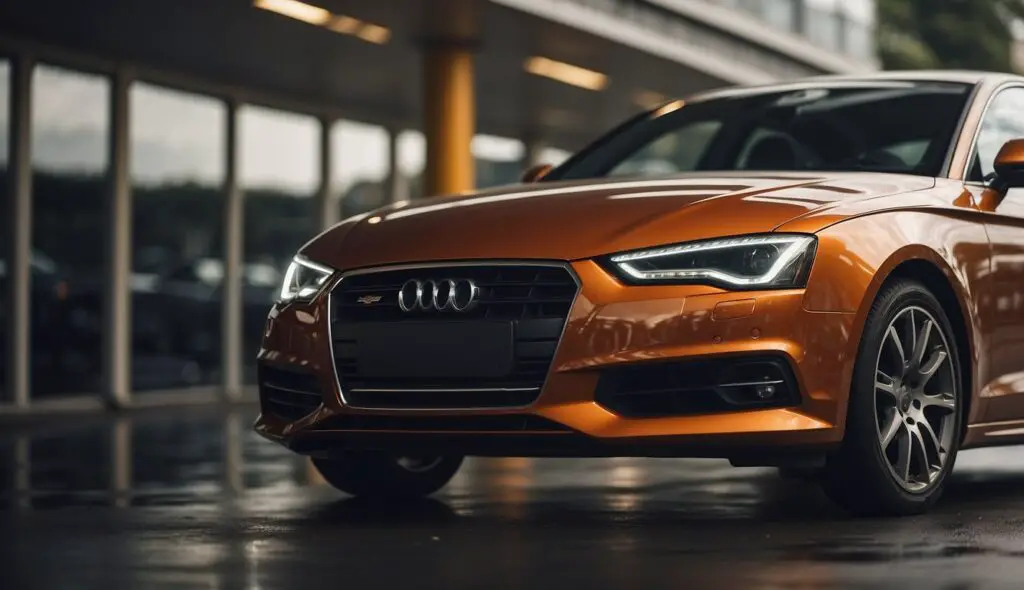
Idling your car can help charge the battery, but it’s not as efficient as driving. Understanding how car batteries charge and the role of the alternator is essential to knowing the impact of idle RPMs on battery charging.
Basics of Car Battery Charging
Car batteries store energy to start your engine and run electrical components. When you start your car, the battery releases power to the starter motor. After starting, the alternator takes over to generate electricity and recharge the battery. This process happens continually as you drive, ensuring the battery stays charged for the next start.
The battery relies on chemical reactions to store and release energy. Driving produces more power than idling, which means the battery charges more efficiently when the car is moving.
Role of the Alternator
The alternator is essential for charging your car’s battery. It converts mechanical energy from the engine into electrical energy, producing alternating current (AC). This AC is then converted to direct current (DC) to charge the battery and power your car’s electrical systems.
When the engine runs, the alternator spins, creating electricity. At higher speeds, it generates more energy, charging the battery faster. During idling, the alternator still works, but it produces less electricity due to lower RPMs.
Impact of Idle RPMs on Charging
Idle RPMs (revolutions per minute) are much lower than when driving. Lower RPMs mean the alternator generates less electrical power. While idling can charge the battery, it does so slowly. If you’re idling for long periods, the alternator might not produce enough electricity to meet the car’s energy needs.
Frequent short trips and long idle times might prevent the battery from fully charging. This could lead to incomplete charging cycles and potentially shorten the battery’s lifespan. It’s better to drive your car regularly at normal speeds to keep the battery in good condition.
Charging your car battery while idling is possible but less effective compared to driving. The alternator’s efficiency increases significantly with higher RPMs, providing a reliable energy source for your battery.
The Mechanics of a Car While Idling
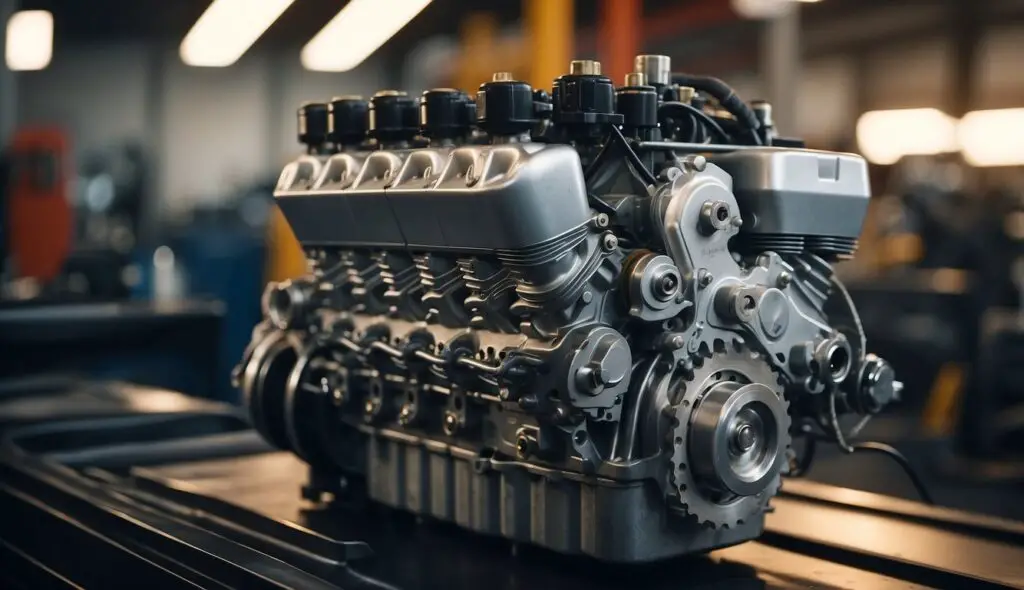
When your car is idling, it’s still consuming fuel and operating its electrical systems, though less efficiently than when driving. This affects energy consumption, fuel usage, and the demand for powering accessories.
Electrical Systems and Energy Consumption
Even when idling, your car’s engine needs to generate energy. The alternator plays a key role here. As the engine runs, the alternator converts mechanical energy into electrical energy. This electrical energy is used to power the car’s various systems and recharge the battery.
During idle, the alternator works less effectively compared to when you’re driving. At lower RPMs, it produces less electricity. This can be enough to sustain the car’s basic needs but might not charge the battery efficiently, especially if many accessories are on.
The Relationship Between Idling and Fuel Usage
While your car is idling, it continues to use fuel. The amount of fuel consumed can be more than you might expect. Since the engine isn’t moving the car, it’s burning fuel without a purpose that benefits you directly.
Modern engines are designed to be more fuel-efficient, but they still use fuel during idle. This can become a wasteful habit, slowly burning through your fuel reserves without providing much benefit. If you must idle for long periods, consider turning off the engine to save fuel.
Electrical Demand of Accessories During Idle
When your car is idling, any accessories you use—like air conditioning, lights, or the radio—draw power from the battery or the electrical system. This can place a burden on the alternator, which, as mentioned, isn’t working at maximum efficiency while the car is idle.
High-demand accessories can drain the battery quicker if idling for extended periods. It’s essential to be mindful of what you keep running while your car is idle. Turning off unnecessary accessories ensures that the battery maintains its charge longer, reducing the risk of depletion.
Battery Health and Maintenance
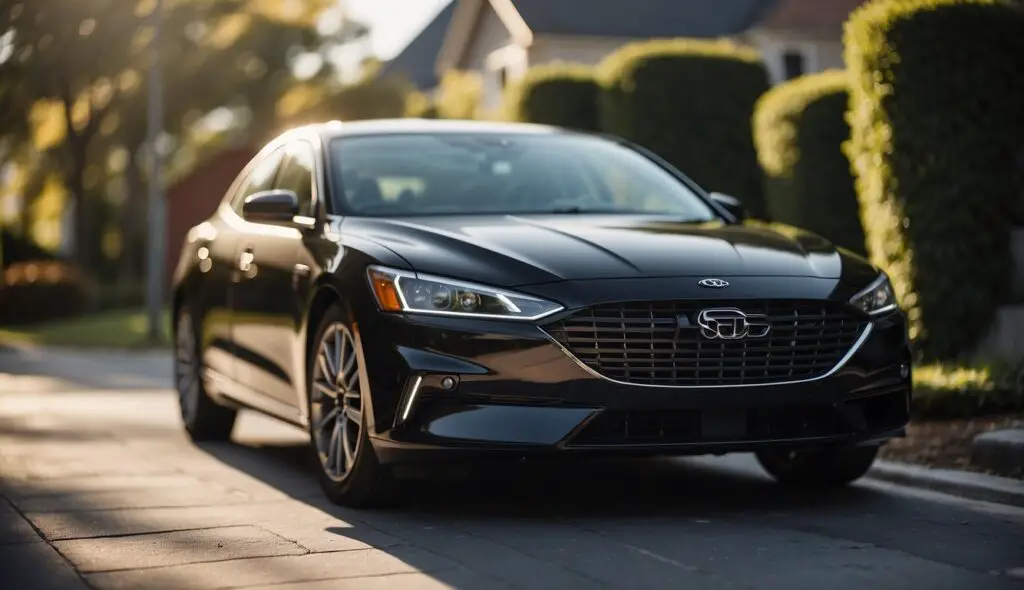
To keep your car battery in good condition, you need to pay attention to signs of damage and follow good maintenance practices. This helps extend its lifespan and ensures it performs well.
Identifying and Preventing Battery Damage
Watch for signs of battery damage such as corrosion on the terminals. Corroded terminals can prevent your car from starting and affect the battery’s overall performance.
Inspect your battery for cracks or leaks. If you see any, it’s a signal that you might need a replacement. Regularly check the battery case to ensure it’s intact.
Ensure that the battery is properly secured to avoid vibration damage. A loose battery can cause internal damage and shorten its lifespan.
Clean the terminals using a mixture of baking soda and water. This prevents corrosion and ensures a good connection.
Maintaining Charge Levels and Battery Lifespan
Drive your car regularly to keep the battery charged. Idling can charge the battery but not as effectively as driving at various speeds.
Use a battery tender if you don’t drive often. This device maintains the charge without overcharging it.
Keep the battery terminals tight to ensure a strong connection with the car’s electrical system.
Regularly check the battery’s water levels if your battery is not the maintenance-free type. Top off with distilled water when necessary.
Consider investing in a reliable car battery charger for backup. It helps in emergencies and ensures your battery stays charged, especially in cold weather.
Advanced Charging Techniques and Tools
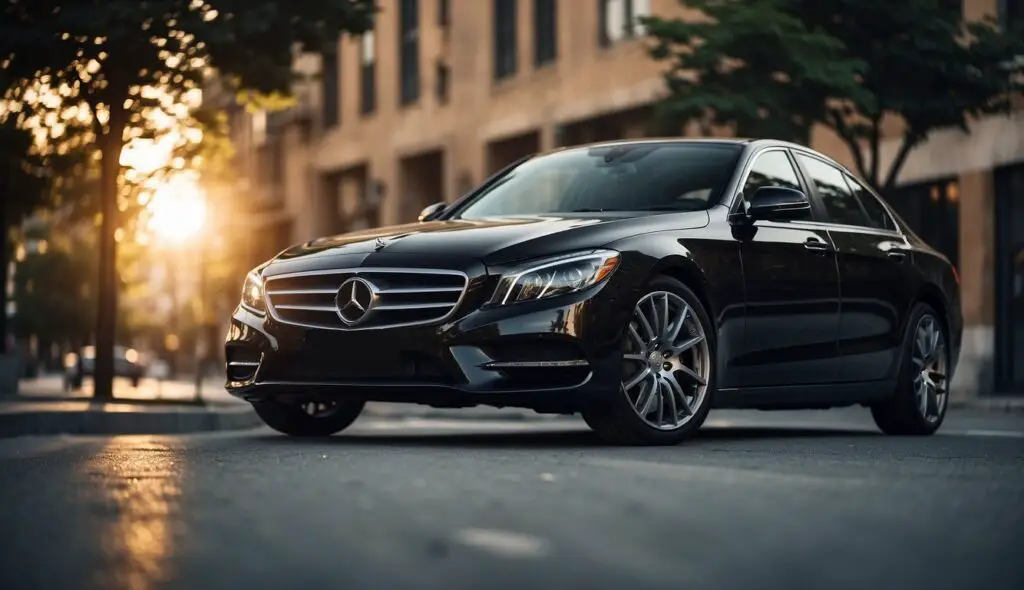
To keep your car battery in top shape, you should understand advanced charging techniques and tools. Using the right equipment and systems can extend your battery’s life and ensure your vehicle runs smoothly.
Using a Battery Charger
A car battery charger is one of the most efficient tools to charge your battery when your vehicle is parked. You can choose between a standard battery charger or a trickle charger, both useful for different scenarios.
- A trickle charger, also known as a battery tender, charges your battery slowly over an extended period. This method is great for maintaining your battery’s charge without overcharging.
- A standard battery charger delivers a quick burst of power, making it suitable for a faster recharge.
When using a charger, connect the positive clamp (red) to the battery’s positive terminal and the negative clamp (black) to a ground point. It’s crucial to set the appropriate voltage and amps for your specific battery type.
The Role of Battery Management Systems
Battery management systems (BMS) play a crucial role in monitoring and maintaining your car’s battery health. These systems help in balancing the charge and discharge cycles, protecting the battery from overcharging or deep discharging.
They also monitor various parameters like voltage, current, and temperature to ensure optimal performance. A well-managed BMS can alert you to potential issues before they become serious problems.
Incorporating a BMS can extend your battery’s lifespan and improve its efficiency, ensuring you get the most out of every charge.
Final Thoughts on Idling and Battery Charging
Idling your car can charge the battery, but it’s not very efficient. Your car’s alternator charges the battery better when you’re driving. This is because it generates more power as the engine speed increases.
Efficiency: Driving is more efficient for battery charging. When your car idles, the alternator runs slower, producing less power.
You may need to idle your car for at least 30 minutes to see any significant charging, which wastes fuel. In contrast, driving for 15-20 minutes is often sufficient to boost the battery.
Extreme temperatures can also affect charging. In cold climates, your battery may take longer to charge, while in hot climates, excessive heat can damage it.
- Pros of Idling:
- Charges battery when driving isn’t possible.
- Cons of Idling:
- Inefficient, uses more gas.
- Takes longer to charge the battery.
- Can lead to engine wear.
It’s good to know that driving is a better option for maintaining your battery. Regular short drives are more effective and help keep your car in good condition. Avoid idling for too long, especially in extreme temperatures, to protect your engine and battery.
For more details, you can read about whether idling charges car batteries, or how long you should let your car idle to charge the battery.

